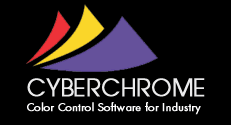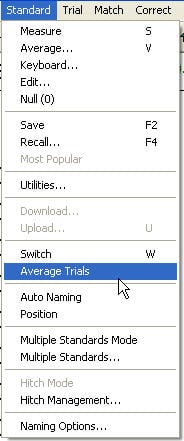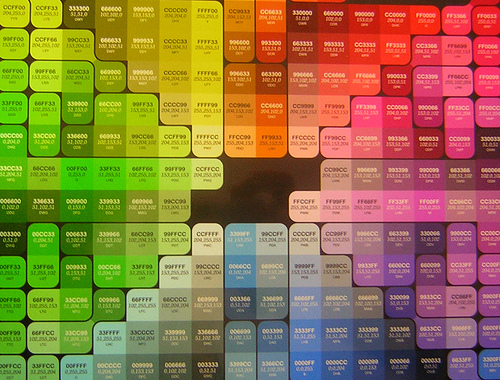While sharing the data for electronic color standards may seem like a “no brainer”, it’s easy to fall into the trap of making the assumption that the person at the receiving end of the data knows how it was obtained and how to use it. So here are some best practices to follow to make things go smoothly.
Color QC and Matching Blog
Tip #7 – Sharing the Data for Electronic Color Standards
Tags: electronic color standards, OnColor, standard observer, illuminant, color space, global color communication
With today’s increasingly tight color tolerances and a global supply chain, it’s getting tougher to meet color specifications and tolerances. How can you be assured that when you certify instrumental color data, you can do so with confidence?
Tags: color tolerances, electronic color standards, spectrophotometer diagnostics, global color communication
Before generating an electronic color standard, a physical standard needs to exist and be measured to generate the electronic data. Here are some guidelines for selecting the specimen and storing and handling it:
Tags: color matching, color formulation, color standard, global color communication
The next fundamental rule in sharing electronic color standards is that the color parameters using in the calculation of the coloriemtric data must be the same.
Tags: color tolerances, standard observer, illuminant, color space, global color communication, instrument geometry, color spectrophotometer
Using electronic color standards and sharing L*a*b* color values is the goal of many companies and their supply chains these days. It’s easy, fast, and convenient. If we’re all using the same numbers for our color target, isn’t that the best way to assure that we’re all matching to the same color? It is certainly more convenient than shipping samples around overnight. But before you do so, you need to understand the best practices of color measurement and for setting and maintaining numerical color standards. Many color disputes arise these days because color instruments don’t necessarily read the same. Electronic or numerical color standards are widely used and shared within a supply chain and have many benefits, but if all of your instruments are not regularly monitored and calibrated, then problems can arise.
Tags: color tolerances, color standard, global color communication, instrument profiling, inter-instrument agreement, instrument geometry, color spectrophotometer





.jpg)